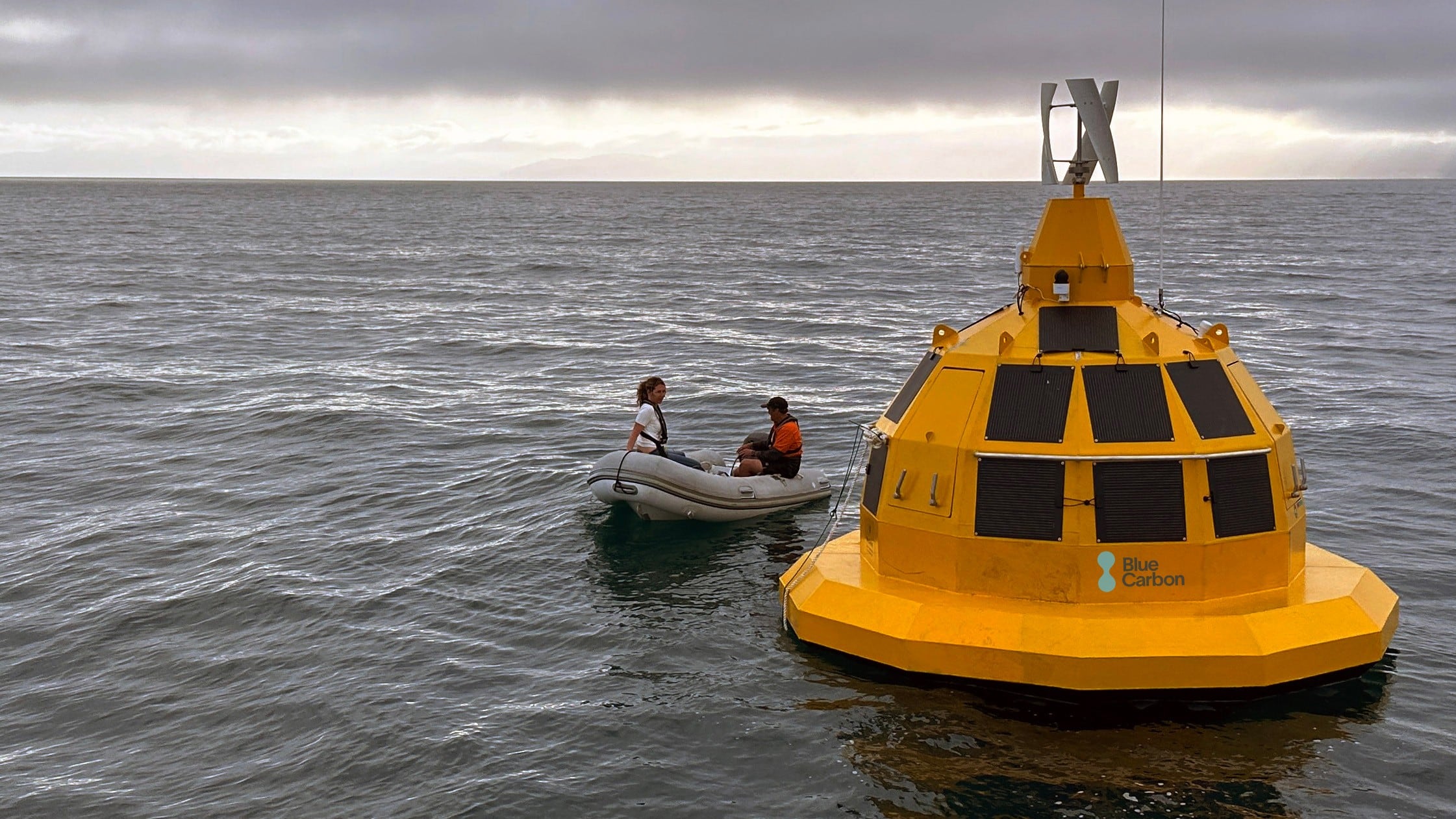Norikazu Suzuki, Japan’s Minister of Agriculture, Forestry and Fisheries told reporters on November 21 that the mass mortality of oysters was a “dire situation”.
The remark follows his visit to Hiroshima Prefecture, the region responsible for more than half of Japan’s oyster output.
“I witnessed with my own eyes the mass mortality of newly harvested oysters. I had heard about it, of course, but seeing it with my own eyes and holding open oysters in my hands – they had been in the ocean for two years and were just about ready to be harvested – really left me speechless, especially from the perspective of the oyster producers,” said Suzuki.
He revealed that mass mortality had hit both this year’s crop and the younger oysters earmarked for next year, warning that the prospects for the 2026 harvest now look “frankly quite grim.”
The reasons behind the widespread oyster deaths remain unknown to both officials and growers, although climate change is suspected to be the reason.
Officials and growers remain unsure what triggered the mass oyster deaths, with extreme climate conditions cited as a possible factor.
“We believe that it was probably due to high seawater temperatures that continued for a long period of time, and the lack of rain that caused the salinity to rise significantly, which is why the mortality rate of the triploid oysters remained the same. However, we have national research institutes, so we will thoroughly investigate the cause and consider how we can respond if a similar situation occurs in the future,” said Suzuki.
The Ministry of Agriculture, Forestry and Fisheries (MAFF) said the oyster mortality rate in Hiroshima’s Higashihiroshima and Kure has been reported to reach up to 90 per cent.
Suzuki confirmed that the issue was not confined to Hiroshima, but farms in Okayama, Hyogo, and Osaka have also been affected, reinforcing the seriousness of the situation.
These areas face the Seto Inland Sea.
“Taking this into consideration, we would like to grasp the full picture as quickly as possible.”
Support for farmers
In the meantime, officials will take steps to support the affected farmers.
Suzuki acknowledged that many people, including some overseas workers, are employed year-round in oyster workshops and stressed the need to support them if future shipments are disrupted.
After discussions with local authorities, the government will explore available support under existing systems, such as mutual aid and loans, to cover material costs and help resume shipments next year.
It will then coordinate with national, prefectural, and municipal authorities to support oyster farming businesses, aiming to develop a comprehensive package of measures.
“I believe that this is not just a system under the Ministry of Agriculture, Forestry and Fisheries, but also involves other ministries and agencies, so I would like to come up with a package of measures as soon as possible that will allow those in the production field to see ahead,” said Suzuki.
He added that officials will consult with producers to determine what financial or other types of support will best help sustain future oyster production.
“We will listen carefully to the producers on the ground and consider what will ultimately bring hope to future oyster production. There are many current systems, including loans, and we would like to respond to these needs.”





